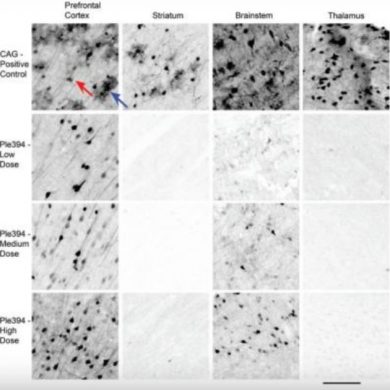Every week our Research Editors highlight a few of the latest headlines in science news and explain why these pieces are interesting and applicable to our classes at UC San Diego. If you find an engaging science article, share it with us on our Facebook page and your highlight may just be featured!
Woman Turning into ‘Human Statue’ Gets Bionic Arm | Live Science
A woman who was initially misdiagnosed with “cancerous tumors” in fact has a rare disease called fibrodysplasia ossificans progressiva, or more commonly known as “stone man syndrome”. This condition leads to progressive transformation of muscles and tendons into bone.
If you are interested in learning more about various diseases, consider taking BIMM 110 (Molecular Basis of Human Disease).
— Nicholas Kotsyubko | Research Editor
Maximizing Broccoli’s Cancer-Fighting Potential | E! Science News
Broccoli, an already very nutritious food, may now be enhanced even more with the addition of a plant hormone called methyl jasmonate, lowering rates for potential cancers. Studies are now performed to test the hormone’s abilities.
If you are interested in learning more about food and nutrition, consider taking BIBC 120 (Nutrition).
— Nicholas Kotsyubko | Research Editor
Glowing Antibiotics Reveal Bacterial Infections | Scientific American
Bacterial infections following medical implants are often untreated for years because of the difficult of diagnosis. In the past, the only way to distinguish normal post-surgical swelling from infection was to perform an invasive biopsy. Microbiologist Marleen van Oosten of the University of Groningen in the Netherlands has developed a technique visualizing bacterial growth by injecting a small amount of fluorescent dyed antibiotic which will insert itself into the cell wall and make the cell walls glow.
If you are interested in bacteria or other prokaryotic microorganisms, consider taking BIMM 120 (Bacteriology)
— Amelia Wong | Research Editor
Gold in Trees May Hint at Buried Treasure | Science
Scientists have found that trees growing over deposits of gold will accumulate gold particles in its leaves. Trees pick up metal as it absorbs nutrients from the soil and deposits it within its leaves. These small particles of gold, called phytonuggets, are to small to mine and collect but its discovery is a key indication that gold deposits may lie nearby to the tree roots.
If you are interested in plant biology, consider taking BICD 120 (Fundamentals of Plant Biology)

